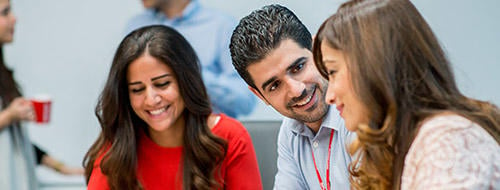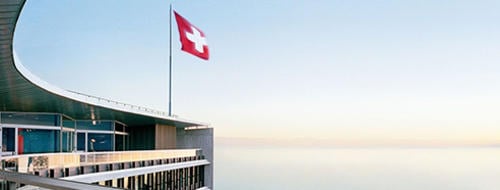School is a pleasure for her, and she says she can’t wait for class to begin again in a few weeks’ time. As she and her best friend Sally run around, dancing and singing in their brightly starched blue and red school uniforms, Ange Marie-Laure’s mother Yvonne explains it hasn’t always been like this.

Five years ago this healthy little girl was weak and sick, a victim of the fetid water that flowed from the local river. Yvonne says she constantly worried that Ange Marie-Laure would ever be well again. Water here in rural Côte d’Ivoire is vital for villagers but also a source of concern. “When we have clean water, it’s good for our health. And it’s good for cleanliness and diseases compared to the water from the rivers” she said.
Jump to September 2016 and it’s a different story. A new well has literally changed the landscape. It sits proudly front and centre in the village and has become the hub of local life. No longer do mothers like Yvonne have to walk miles, carrying heavy loads for hours, to bring clean water for their families. Yvonne has more time for her children, and more importantly, everyone’s health has improved. Clean drinking water means the children of Dossukro are thriving. Their lives have been radically improved by the community working with the International Federation of the Red Cross (IFRC) to build a well and install simple latrines around the village and at the local school.
Water borne diseases like Cholera are wide-spread in the developing world, and the work of the IFRC is simple and effective. The head of the Red Cross water, sanitation and hygiene program (WASH) in Côte d’Ivoire, Jean Claude Guede, says programs like the one in Dossukro have a huge impact on cocoa growing communities, “The quality of the water has an impact on the communities’ health. When we come to a community, you can see that everyone is healthy. This shows that the water that we are consuming is drinkable because the diarrheal diseases are one of the main problems of public health.”

As well as working with the community to install the pump and sanitation blocks, the IFRC has regular sessions with the children to help them understand the importance of washing their hands regularly. And it trains mothers in the village on the importance of ensuring dishes, pots and pans are well out of the way of any small livestock or wild animals which roam around the area. These simple methods may seem obvious to someone living in a place where clean water is freely available. But to rural villagers with little local infrastructure, the programs can be literally life-saving.

The IFRC's project, funded by Nestlé as part of long-standing commitments to providing access to water and improving rural livelihoods, has so far benefitted over 465,000 members of cocoa-growing communities in Côte d’Ivoire and Ghana where Nestlé sources its raw cocoa beans.
The impact of the project is clear. Children like Ange Marie-Laure and Sally are vibrant, and able to go to school. Cocoa farmers here are in better health now and can spend more time producing high quality cocoa, improving their income too. Most of all they can see that their children will have a better, healthier future.







